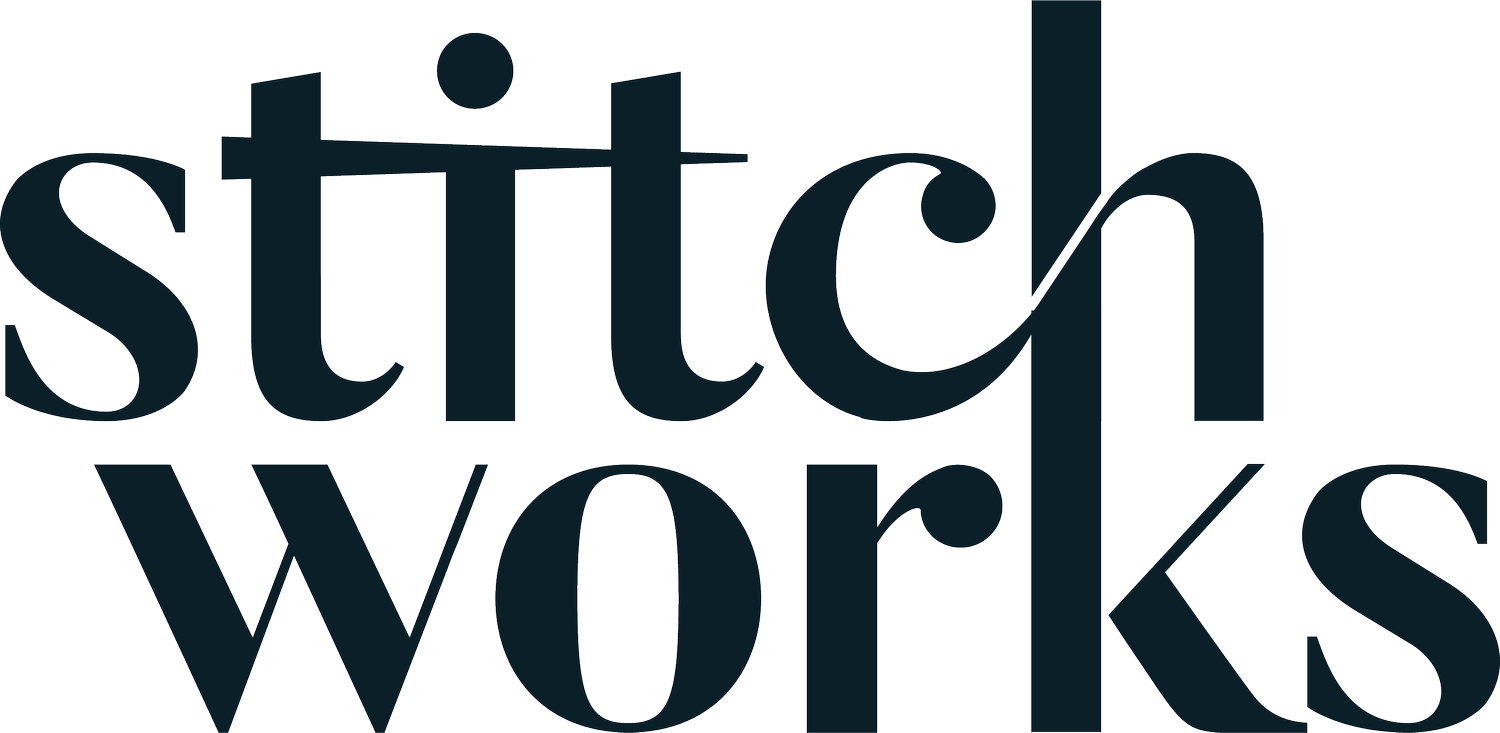INTRO TO SUSTAINABILITY AND ETHICS IN FASHION
Terms to Know to Lead a More Sustainable Lifestyle
You may be wanting to lead a more sustainable life, but it can be hard to know where to start. Here, we'll teach you some important terms associated with sustainability and ethics, so that you can make educated decisions regarding your style going forward.
Sustainability
There are a number of factors to consider when trying to be more sustainable. Realistically, it is not possible to check every box. It's better to continuously make small changes over a long time-frame than to try to be perfect day one and ultimately give up because it's impossible to reach unrealistic expectations. Some terms to keep in mind are:
1. Recycle
To convert waste into reusable material. Clothes that are no longer wearable can be recycled into something else. Clothes can also be made out of recycled material.
2. Second Hand
Clothes that have already been used. These can include hand-me-downs, thrifted items, or anything that has seen more than one owner.
3. Upcycle
To reuse items in a way that enhances their value. Oftentimes, people will upcycle their old clothes or thifted clothes that cannot be enjoyed in their current state.
4. Biodegradable
Materials that are able to naturally decompose easily. These include hemp, cotton, silk and other natural-occurring materials. The trick with this is that sometimes biodegradable materials are coated in non-biodegradable chemicals in order to prolong their life. These chemicals can make it take longer to decompose or be dangerous for the environment itself.
Ethics
Sustainability and ethics go hand-in-hand, but are ultimately different concepts. Being sustainable is often an ethical choice, but a sustainable company is not necessarily an ethical one. What is considered ethical differs for every person, but some terms that come up frequently are:
1. Cruelty Free
This label means that no animals were harmed in the production or testing of a product.
2. Vegan
This label means that no animal-derived materials were used in the making of a product. Furs, leather, and wool are all examples of non-vegan materials.
3. Fair Trade
Promotes humane working conditions, a living wage, and fair compensation for employees. Certifying bodies, such as Fairtrade International and Flocert, audit companies' working conditions to ensure employees are being treated fairly.
4. Diversity/Inclusivity
People of all shapes, sizes, cultures, and backgrounds are represented in promotional material and they are able to purchase and use the product with ease.
5. Living Wage
The amount a person needs to be paid in order to meet their basic needs, like food, housing, and clothing. This differs from minimum wage which is a legal requirement. Some companies make sure to pay their employees a living wage, while others settle for the legal minimum payment.
Additional Terms
1. Greenwashing
When companies purposely mislead consumers into thinking they are eco-friendly, without actually following through on those claims. Signs of this include vague labeling, convoluted steps to recycle or reuse products, or simply making their packaging green in order to imply it's better for the environment.
2. Fast Fashion
When companies mass-produce cheap, stylish clothes in order to quickly follow the trends. These clothes are of poor quality, exploit workers, and encourage a "throw-away" culture that leads to excess waste.
3. Slow Fashion
Simply put, the opposite of fast fashion. Slow fashion includes high-quality, trendless products that last years, and shows a respect for both the environment and the people making the product.
4. Circular Fashion
Refers to the process used to create a product. In this process, the beginning, middle, and end life-stage of a product are all equally important. Products are used as long as possible before being recycled into something new. The goal of this method is to eventually create zero waste.
5. Minimalism
A facet of slow fashion that encourages people to make conscious choices about the clothes they buy. Having a smaller wardrobe can also limit the stress of choosing an outfit and allow you to put your money towards a few high-quality products rather than numerous low-quality products.
6. Capsule Wardrobes
A form of minimalism where your wardrobe consists of only interchangeable clothes. This method reduces decision fatigue, waste, and stress.

